Muslim Revivalist Movements in Northern India in the Sixteenth and Seventeenth Centuries
Synopsis
Focussing on the controversy surrounding the Wahdat-ul-Wujud (Unity of Being, All is He) of Ibn 'Arabi (1165-1240) and the Wahdat-ush-Shuhud (Unity of Appearance, All is from Him) of Shaikh 'Alaud-Dawla Simnani (1261-1336), the work goes on to analyse the impact of the above ideologies on the teachings of early Chishtiyas, Suhrawardiyas, Firdausiyas and Shattariyas. It then discusses the impact of the Islamic millennium and the messianic movements on the body-politic of Islam in India, culminating with the Mahdawi movement in the realm of religion and the Sulh-i-Kul (Universal peace and concord) of Akbar the Great in the realm of politics and government. The study of Muslim revivalist movements in Northern India that emerged as a reaction to the pressure of the movements mentioned above, is the principal objective of the present book. Their pioneers such as Shaikh 'Abdul Haq Muhaddis Dehlawi (1515-1642) and Mujaddid Alf-i-Sani Shaikh Ahmad Sirhindi (1564-1624) differed widely in their ideologies and practices. Shaikh 'Abdul Haq proceeded cautiously, while Mujaddid made strenuous efforts to convert the Mughal noblemen to his puritanically Islamic teachings. The Mughal emperors from Akbar to Aurangzeb remained execrable to the emergence of a religious state within their empire and took their leaders to task as soon as they found them a threat to their state policies. Although the Naqshbandiya leadership to which Mujaddid belonged was divided within its ranks on the question of Wahdat-ush-Shuhud, the Qadriyas under Miyan Mir (d. 1635) and Mulla Shah (d. 1661) ardently propagated the Wahdat-ul-Wujud and its ethical and social ramifications. Naturally such a study is bound to be studded with controversial judgements but the author's presentation of the vast source material on the subject has aroused considerable interest among the independent and objective thinkers, in the Muslim religious movements in India.
Read more
Not available
BECOME A MEMBER

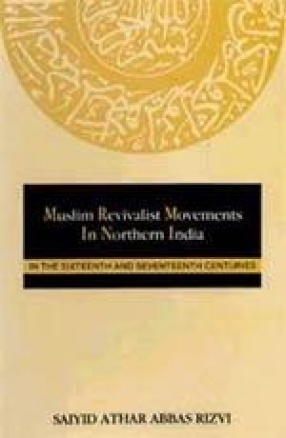
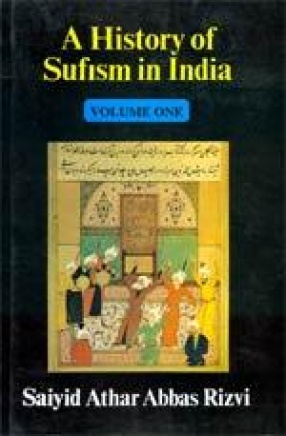

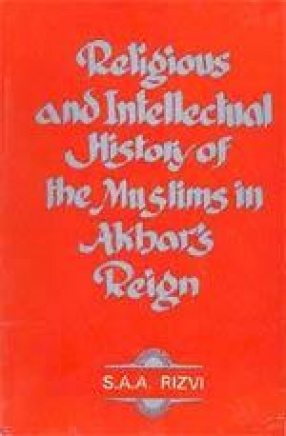
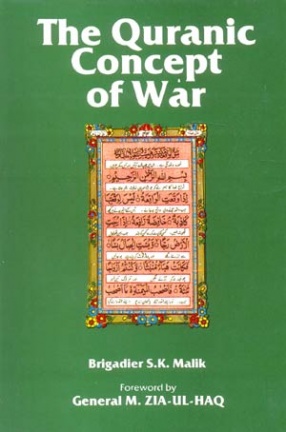
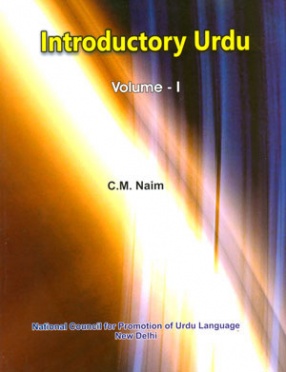
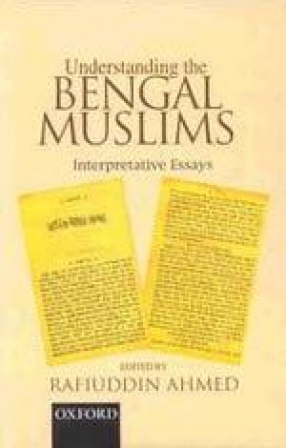

Bibliographic information